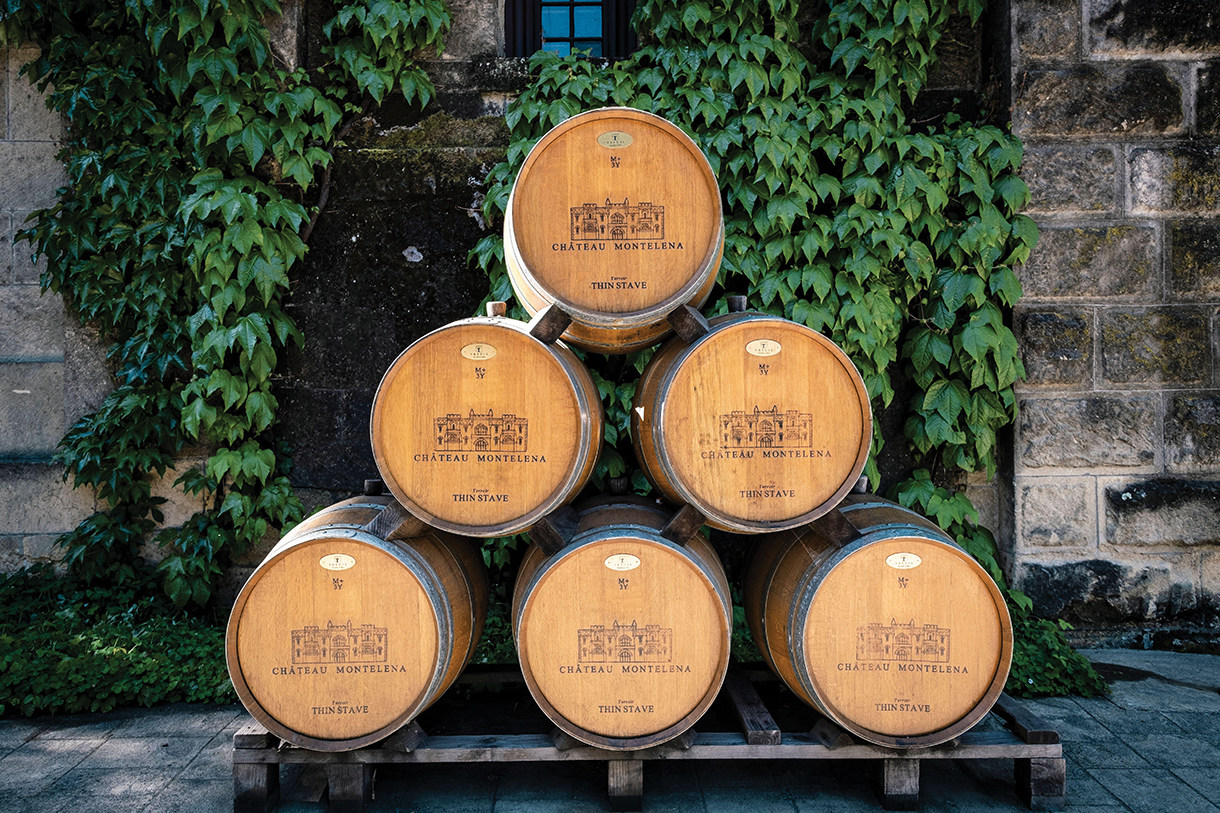
The Wine Geese of Ireland

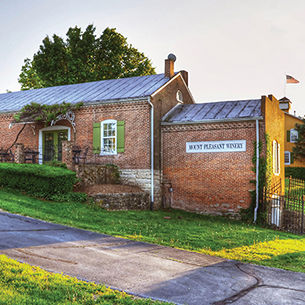
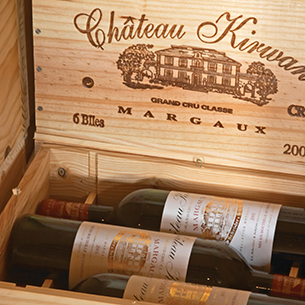
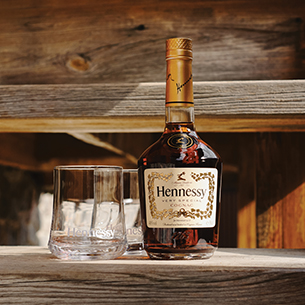
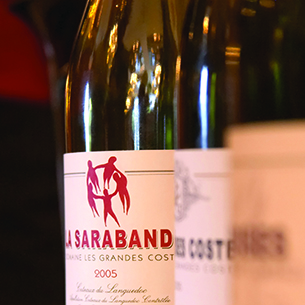
Ireland’s Wine Geese is a moniker derived from the Flight of the Wild Geese, 14,000 supporters of England’s Catholic King James who fled to France in 1690 after their defeat at the Battle of the Boyne by the forces of Protestant Dutch Prince William of Orange. Additional waves left Ireland for France to escape persecution in 1715 and 1745 and settled around Bordeaux, where many entered the booming wine trade. Wine smuggled into Ireland was often listed as “wild geese” on a ship’s manifest.
The list of Bordeaux vineyards with obvious Irish pedigrees includes Phelan-Segur, Boyd-Cantenac, Leoville-Barton, Langoa-Barton, Kirwan, MacCarthy-Moula, Lynch-Bages, Pontac-Lynch, Lynch-Moussas, Dillon, and Clarke. Hennessey, meanwhile, distilled wine into brandy at Cognac and is one of the most recognizable brands 200 years after its founding. Irish winemakers soon moved beyond Bordeaux into other winemaking regions like Burgundy. There also are more recent arrivals. In southern France, Domaine la Sarabande is a joint Irish/Australian producer founded in 2009, while the 12 investors in the 18-year-old Domaine Sainte Rose are collectively nicknamed the Irish Apostles.
The Wine Geese didn’t confine themselves to France, moving across the globe over the years. In the United States, wineries with Irish roots include Concannon Vineyards, Chateau Montelena, Murphy-Goode, Mayacamas, Sequoia Grove, and Thomas Fogarty. In Australia, the Clare Valley wine region is actually named for a county in Ireland. Among the Irish names is the Jim Barry winery—famous for its “Armagh” shiraz. The O’Shea family of Mount Pleasant winery and the Horgan family of Leeuwin Estate also figure prominently. The same is true for Errazuriz and Undurraga in Chile. And in South Africa, Hamilton Russell was started by Irish emigrants in the 1970s.
Many of these Irish wine labels are offered in Irish luxury hotels, so if you’re in Ashford Castle, for example, what might not look like an Irish wine list at first glance actually is one.




